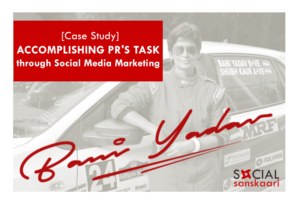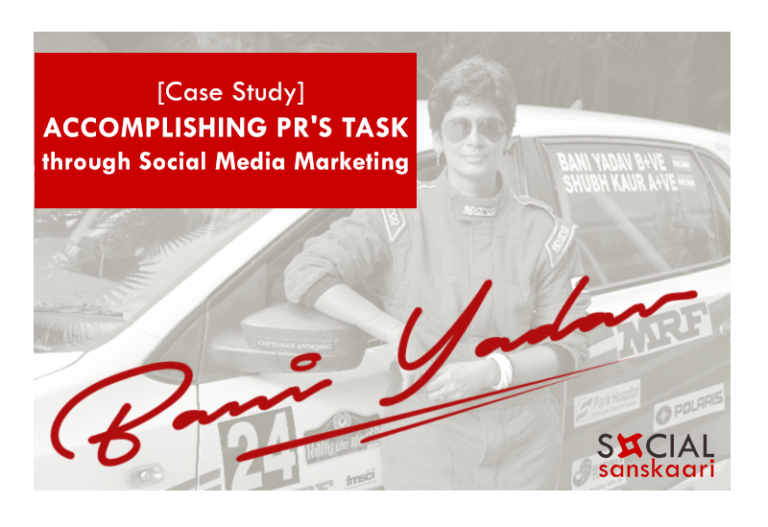Web Design Vs Web Development: the Biggest Differences

What is website development?
Web development is turning the designs into a live website, it helps to make a website look great, work fast and perform well with a great user experience. Web development consists of the construction and maintenance of websites. Web developers use software tools and a variety of coding languages to develop the functionality and design of a website. The languages they use rely on the kinds of tasks they perform and the platforms on which they are working.
Web development skills are required globally and the field of web development is generally divided into front-end (the user-facing side) and back-end (the server-side). Based on their role, web developers can also be divided into three types:
Back-end Web development
The backend development is what is going on behind the scenes, which is where the data is stored, and without this data, there would be no front end. The backend of the web combines the server with a database and to contain the data, hosts the website, an application for running it. The backend development ensures that the server, the application, and the database run smoothly together. This type of development requires analyzing what a company’s demands are and providing efficient programming solutions.
Front-End Web Development
Front-end development consists of layout, design, and interactivity using HTML, CSS, and JavaScript. The things you see and what you use, such as the drop-down menus and the text, the visual aspect of the website, are all called front-end development. In summary, Responsiveness and performance are the two main objectives of the Front-End. The developer must ensure that the site is responsive i.e. it appears correctly on devices of all sizes no part of the website should behave abnormally irrespective of the size of the screen.
Full-stack development
Full-stack Development takes care of both the front-end and the back-end and requires that the web works on all levels, to determine how the client and server sides will relate.
Some of the main roles of a web developer are in the list below:
- Front-end developers are able to use javascript libraries, styling preprocessors, and frameworks to fasten the process of development.
- Constructing the actual interface through which a user interacts with the website, which is built by front-end developers using HTML, CSS, and JS languages.
- Back-end developers are provided the markup design by front-end developers. Therefore, they can implement a dynamic website, and then submit all the required data on the server and databases.
- Web developers can also use versioning functions to keep the history of the previous builds.
- Both back-end and front-end developers may use the same development environments or IDEs in their works. These are application tools where you code in and construct the structure of the website.
What is website design?
Web designers are those who transform a story, an idea into a visually appealing design and use their layout to shape the user experience and feel throughout the whole website. Web design makes the website more attractive and eye-catching. Web Design covers a lot of skills, work, and shows a thorough process in the formation and operation of the website.Website design skills include interface design (Web Design), user interface design (UI Design), authentication (Authorized), coding, data design, SEO… Usually, these will be individuals (or departments) working independently or in groups to be able to complete a website. The Website not only depends on the web design and information content but many other factors such as the screen, the connection speed, and the browser used also. Therefore, sometimes the user interaction (UX and UI) must be considered. When creating an interface, people must also depend on HTML and CSS (“programming” language for computers to understand and display in the browser). In order to develop a product, it takes a long process to research and learn how to form the web structure and present information on the web. The components of the website can be changed a lot to attract users to visit or serve different purposes.
User Experience (UX) design
User experience (UX) design is the process that design teams use to build products that give meaningful and relevant experiences to users. UX design analyzes all aspects of the user’s experience, including how they are made to feel and how easily they can accomplish their goals. This includes all elements of the acquisition and integration of the product, including features of branding, design, usability, and function.
User Interface (UI) design
User Interface (UI) Design is the development of graphics, illustrations, and the usage of photographic artwork and typography to improve the appearance and arrangement of a digital product across its many device perspectives. Interface elements are composed of input controls (buttons, drop-down menus, data fields), navigational components (search fields, slider, icons, tags), and information components (text boxes, buttons, drop-down menus, data fields, etc). (progress bars, notifications, message boxes)
Visual design
The visual designer’s goal is to make the final product appealing. They are a blend of UI and UX designers. Their job is to improve the user journey by solving design challenges. They also assist in defining a brand’s own style or voice. In order to develop a product, it takes a long process to research and learn how to form the web structure and present information on the web. The components of the website can be changed a lot to attract users to visit or serve different purposes.
These are a variety of a web designer’s main roles:
- Have a good feel for user experience, to identify the simplest approach possible to attain the desired feature. This includes the general format, images, layout, and buttons of the website.
- Must be good at designing logos and graphics.
- Using software tools such as Framer, Sketch, or Adobe Photoshop to build the final layout design of the web.
- Web designers have to also remember the branding of the website, the color palettes to be used, and the readability and typography of the website.
- Web designers must keep themselves up to date with the cutting edge design trends. It’s also important to keep design consistency that is made popular from other web giant companies, such as Facebook, and Google. This makes the website environment and interfaces easy to navigate and use since it is already familiar to the user’s eyes.
Types of web design services
Web design includes Static Web Design (web interface) and Dynamic Web Design (Web data and information processing).
Static web design
Static Web Design means websites that use HTML, CSS, audio, video, images,… to create a website interface. It is saved as a .html or .htm file, fixed, these are not editable. Static web design includes 2 parts, including design and building interfaces:
Design is the career of designers. They use Graphic Design software (Photoshop, Adobe Illustrator, Sketch, etc.) to build interfaces in the form of common images.
Interface building is the programmer’s job. They use HTML, Javascript, and CSS code to create an interface for the website. After building the interface in HTML, you will get a website as usual, but it is not functional. This interface is capable of recording events such as clicks, transitions, some effects… However, this web can not store and retrieve data (registration, purchase, search data). The static web gets stuck when you want to change the look and feel. If you do not know HTML then you will be visible because of the inability to create web interactions.
Dynamic web design
Dynamic websites are websites that do not have fixed content, can edit and add custom pages. The main languages for dynamic website programming are Java, PHP, ASP, ASP.NET, Python,… PHP and ASP.NET are used the most frequently today. Dynamic web design is the design of data processing at the back of a website (back end). This means that the dynamic web is a web with a full database, capable of processing and storing data automatically. The Dynamic web allows easy content updates, utilities, management and analysis of customer data, and so on.
Related Posts

How Social Media Marketing does a PR’s task?
How Social Media Marketing does a PR’s task? The main role of Public

Dos and Do Nots of Social Media Marketing
Social media marketing is essential for any business these days. If you don’t

Web Design Vs Web Development: the Biggest Differences
In this world of technology, The terms web design and web development are
About Me

Hello, my name is caitlyn vine jony.
my job is to do lovely things to fill my
little house in my free time.
Let’s Socialize
Subscribe to our newsletter and stay updated to our offers and deals!
We are committed to protecting your privacy

How Social Media Marketing does a PR’s task?

Dos and Do Nots of Social Media Marketing



